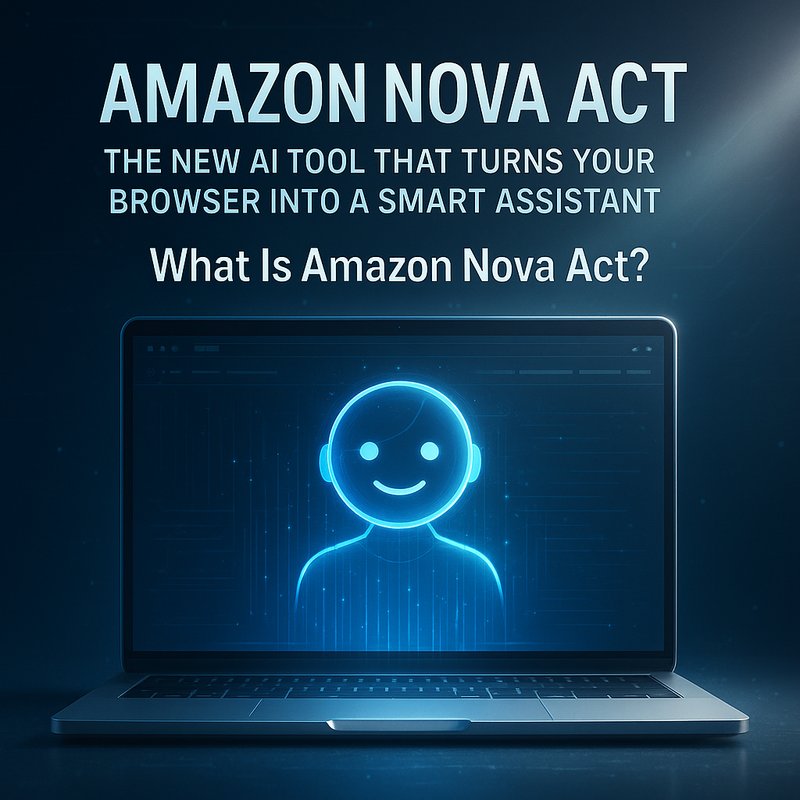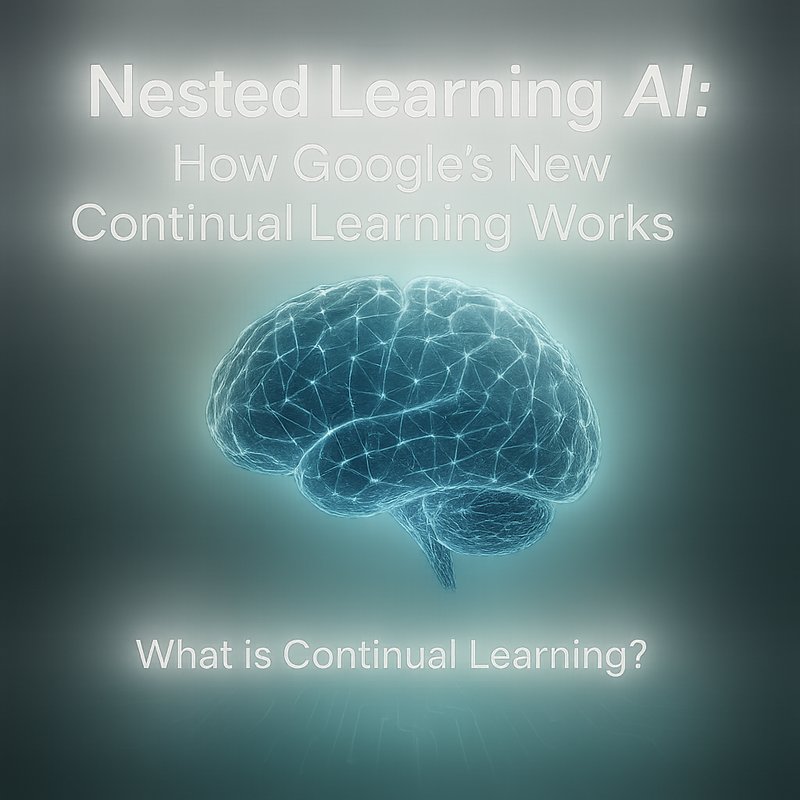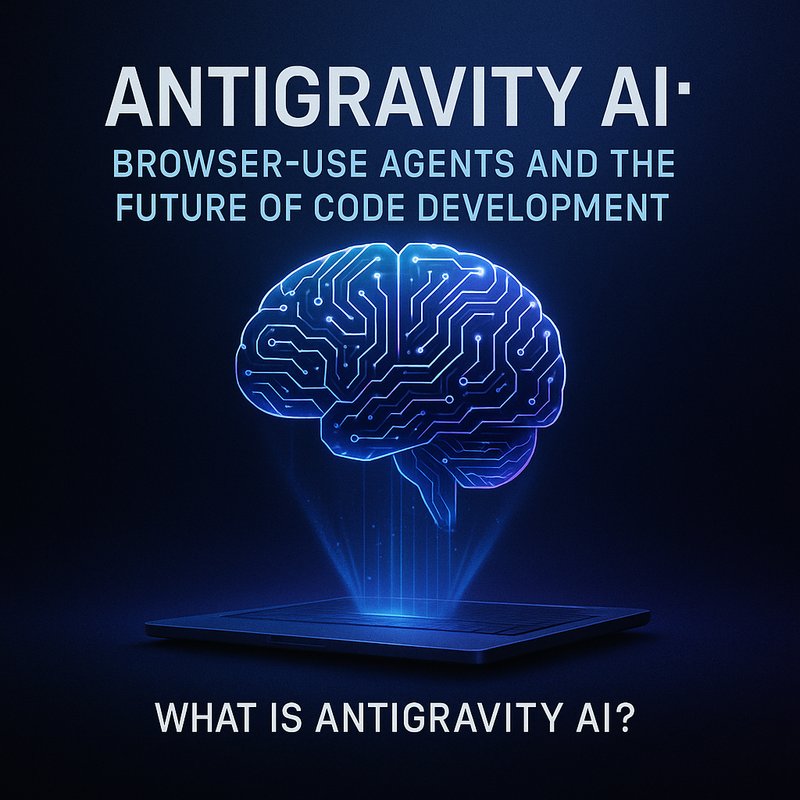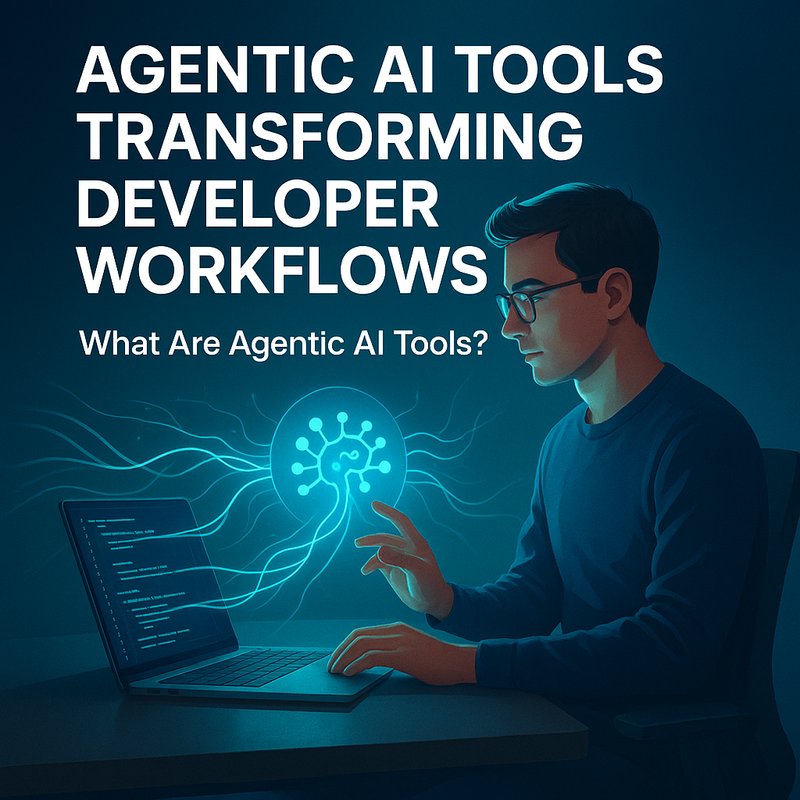The Future of Robot Learning: How Meta’s V-JEPA2 is Changing the Game
Imagine a world where robots can learn and adapt like humans. No, really – imagine it. You’re walking into a kitchen, and a robot is already making coffee for you. Not because it’s been programmed to do so, but because it’s learned from watching you and others like you. Sounds like science fiction, right? Well, thanks to Meta’s latest innovation, V-JEPA2, this reality is closer than we think.
Introduction to V-JEPA2
For years, robots have been learning through explicit programming or trial-and-error. But what if I told you there’s a better way? A way that lets them learn from the world around them, just like we do. This is where V-JEPA2 comes in – a video-based world model that enables robots to learn from observing and imitating human behavior.

How V-JEPA2 Works
The magic behind V-JEPA2 lies in its ability to analyze and understand video data. By watching humans interact with their environment, the model can identify patterns and relationships between objects, actions, and outcomes. This information is then used to inform the robot’s decision-making process, allowing it to make more informed choices about how to act in a given situation.
But here’s the best part: V-JEPA2 doesn’t require explicit programming or a vast amount of labeled data. Instead, it can learn from raw video footage, making it a more efficient and effective way to train robots.
The Implications are Huge
Imagine a robot that can learn to perform complex tasks, like cooking or cleaning, simply by watching a human do it. No more tedious programming or training – just pure, observational learning. The possibilities are endless, from healthcare and education to manufacturing and logistics.
The Technology Behind V-JEPA2

V-JEPA2 is built on the concept of world models, which are AI systems that can learn to predict and understand the world around them. By training on video data, V-JEPA2 can develop a rich understanding of how objects and actions interact, allowing it to make more accurate predictions and decisions.
Real-World Applications
The potential applications of V-JEPA2 are vast. For instance, in healthcare, robots could learn to assist patients with complex tasks, like bathing or dressing. In education, robots could learn to teach children new skills, like reading or math.
Challenges and Limitations
Of course, there are still challenges to overcome. For one, V-JEPA2 requires a significant amount of video data to be effective. And then there’s the issue of ensuring that the model is learning the right behaviors – after all, we don’t want our robots to pick up bad habits.
The Future of Robot Learning
Despite these challenges, the potential of V-JEPA2 is undeniable. As researchers continue to develop and refine this technology, we can expect to see robots that are more capable, more adaptable, and more like us. So, what does the future hold? Only time will tell, but one thing is certain: with V-JEPA2, we’re one step closer to a world where robots and humans can learn and grow together.








